Number of Australian visitors in Gallipoli surges at Anzac Day dawn service
THOUSANDS of people have gathered on the rugged shores of Gallipoli to mark the 103rd anniversary of Australian and New Zealand forces making their first bloody landing there.
National
Don't miss out on the headlines from National. Followed categories will be added to My News.
THOUSANDS of people have gathered on the rugged shores of Turkey’s Gallipoli peninsula to mark the 103rd anniversary of Australian and New Zealand forces making their first bloody landing there.
It was the first major battle of World War I for Australian and New Zealand troops, who landed in a hail of bullets that generated waves of grief in both nations.
Home Affairs Minister Peter Dutton joined a sea of Aussie and Kiwi pilgrims who gathered at Anzac Cove to honour those who died in an ill-fated attempt to take the Ottoman Empire out of the war.
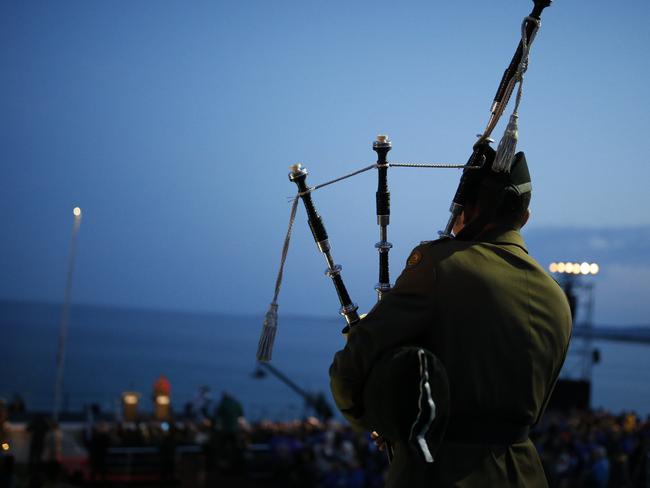
Mr Dutton said the diggers who came ashore helped forge Australia’s national identity.
“A legacy of resilience, determination, facing decisions and sights we would never wish upon anyone,” he said.
“We feel we know them, the Anzacs. Not only because they fought to defend us, and sacrifice for us, but it is also the power of that sacrifice ... and values they embody and bequeath to us survive to this very day.
“They are at the core of our people and our purpose. And for this, we will be eternally grateful. Lest we forget.”
Wreaths were laid after a second commemorative address by Governor-General of New Zealand Dame Patsy Reddy, who began and ended her speech in Maori.
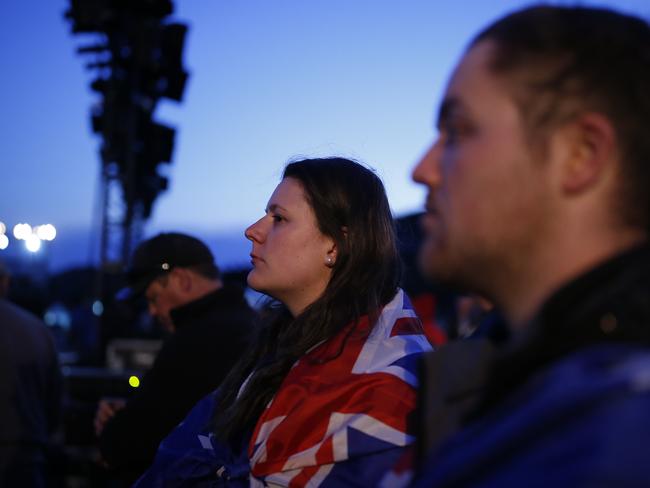
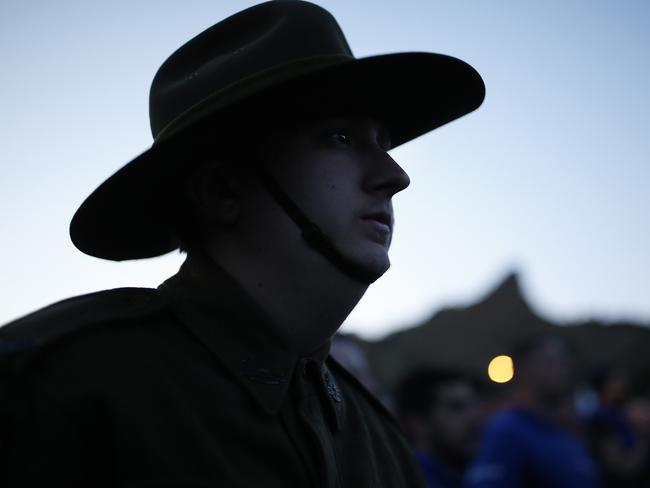
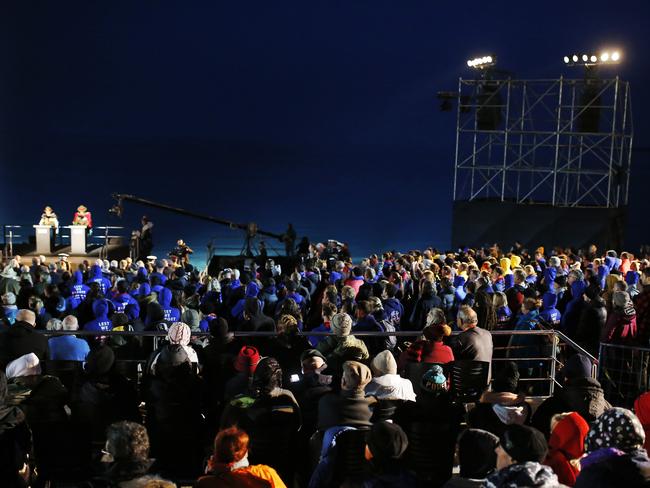
While heavy losses were expected by the government ahead of battle, the magnitude of the campaign’s “butcher’s bill” was unprecedented, she said.
“There is sacredness in tears. They are the marks of power. They are the messengers of overwhelming grief and unspeakable love,” Ms Reddy said.
“As we honour our forebears and their service to our countries, we affirm our commitment to work together to achieve and maintain collective security and peace.”
The service continued with an Ode of Remembrance in Maori and English, the traditional Last Post, minute’s silence and Reveille, before the national anthems of Turkey, New Zealand and Australia.
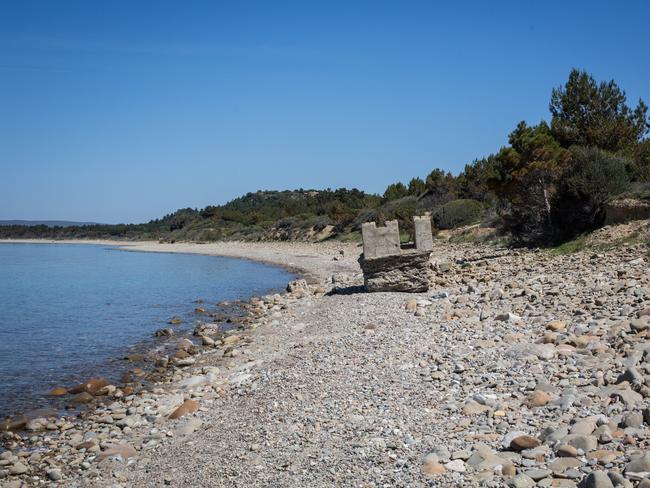
Earlier authorities said they were expecting a surge in the number of Australians visiting the Gallipoli peninsula in Turkey for today’s dawn service.
Around 1200 people are expected to attend the dawn service marking 103 years since the carnage at Anzac Cove which cost more than 11,000 Australian and New Zealand lives.
The strong turnout comes a year after a terror threat saw numbers fall to around 700 people.
While more than a century has passed since Australia sent 416,000 of its young men to war on the other side of the world, interest in the soldiers’ stories has not waned.
In France, 8000 people have gathered for the centenary of the Second Battle of Villers-Bretonneux, where 1200 Australian died in a successful battle to retake the tiny Western Front town from the Germans.
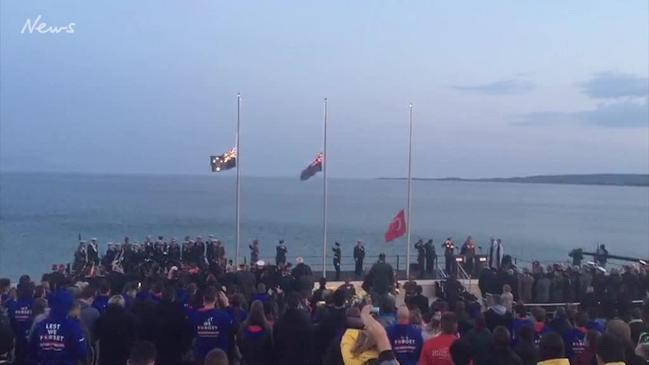
Solemn ceremonies will be held at Polygon Wood in Belgium, while many high commissions and embassies across Europe including the United Kingdom and Denmark have organised wreath-laying and dawn services.
Veterans’ Affairs Minister Darren Chester, who is in France, said he believed the interest shown by younger generations of Australians in the battlefield sacrifices of WWI would continue unabated.
“I think it reflects the respect Australians have for our servicemen and women and recognises the sacrifices that were made for us to have the freedoms we do today,’’ he told News Corp.
“One hundred years later people want to reflect and reconnect with their relatives and try to
understand Australia’s place in the world today.
“I don’t think we’ll see a reduction (in interest) any time soon.’’
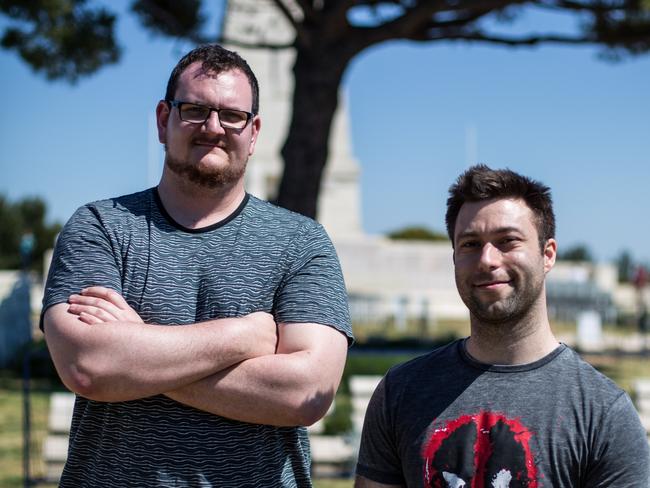
Sydney men Ryan Wardell and Scott Cowley travelled to Turkey for the dawn service, which marks the moment in 1915 that Australian and New Zealand troops were slaughtered by Turkish soldiers as they came ashore at Gallipoli.
Mr Wardell, 30, said he always felt visiting the site was something he needed to do, along with a future trip to walk the Kokoda Track in PNG.
“At the time it happened … everyone knew someone who had died,’’ he said.
“I’ve got Turkish mates who march at the parades in Sydney.
“It was the first time everyone knew someone who had died and it wasn’t our war, it was on the other side of the world and we went there.’’
Mr Cowley, 25, said he felt the day was a special event in Australian history.
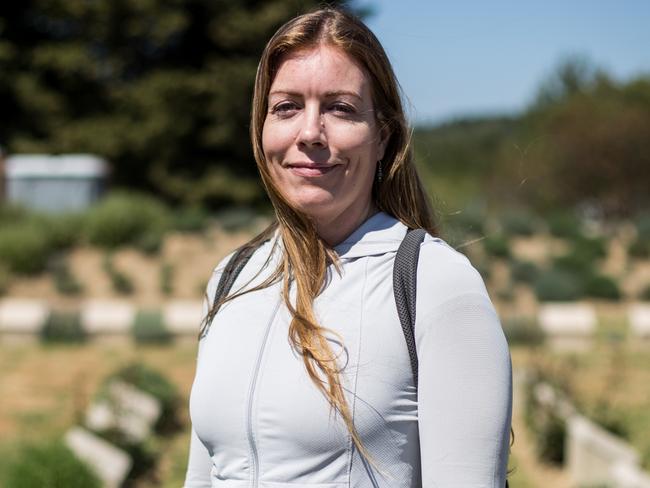
Kate Hill, from Brisbane, said visiting Gallipoli had been on her bucket list, and she wanted to learn more about the events that were part of Australian mythology.
“It’s the only holiday we have that we really have to ourselves,’’ she said.
“And we’re (commemorating) a day of loss which to me seems very uniquely Australian.’’
Mary Rogers, from Melbourne, said she had initially not wanted to visit, as she felt “somewhat negative’’ about the result in Gallipoli, which ultimately cost the lives of 58,000 allied soldiers and 87,000 Turkish troops.
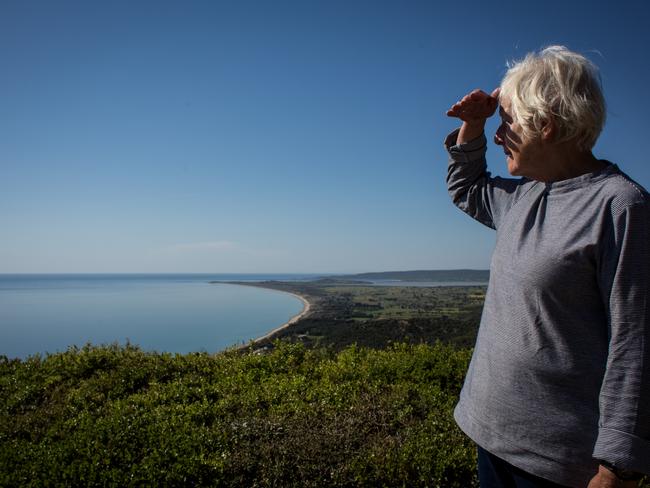
Another 300,000 men were wounded from both sides.
“I didn’t feel the need to come here,’’ she said.
“A friend of mine who was also pretty cynical about the war came and was very moved by it.
“I find it quite moving too.’’
Ms Rogers said she felt a number of unhappy emotions about what happened in the peninsula, and believed her visit had driven home the sacrifice and pointlessness of the military action there.
Home Affairs Minister Peter Dutton, who is in Gallipoli, said: “The sacrifice of our diggers at Gallipoli and their loved ones at home helped create our “lucky” country.
“We weren’t born in civil conflict, but this campaign as much as any other created our character that has helped us persevere and strengthen through good times and bad over the last century,’’ he told News Corp.
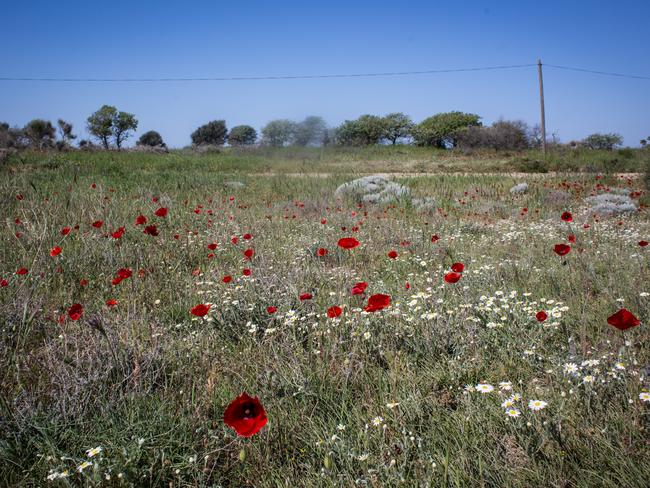
“The values they fought to the death to defend are as important today as they were a century ago.
“It’s why we shouldn’t take a backward step today as we deal with tyrants of the modern age.’’
Despite the bitter losses at Anzac Cove, the battle there has become synonymous with Australian notions of sacrifice, mateship and courage and Anzac Day, April 25, is the nation’s most important day of remembrance for fallen soldiers.
A British-conceived idea to take the Dardanelles waterway, it ended in bloody defeat eight months later after the Turks, who were dug in and well-place don the steeps hills surrounding the beach, forced the Allies to surrender.
Originally published as Number of Australian visitors in Gallipoli surges at Anzac Day dawn service


